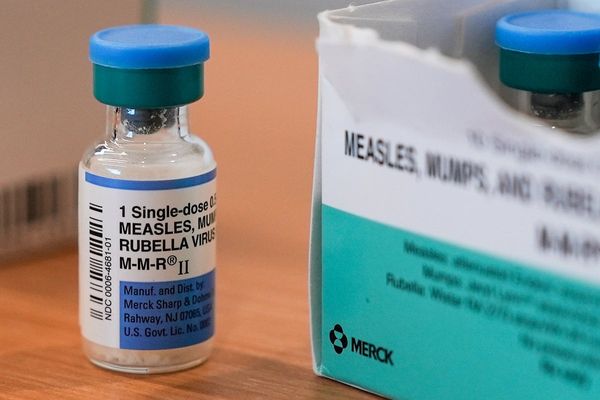
The dollar index (DXY00) Tuesday fell by -0.62%. The dollar was under pressure Tuesday on a report from Blomberg that said President-elect Trump’s incoming economic team is discussing a gradual approach to raising tariffs that will boost negotiating leverage and avoid inflation. The dollar added to its losses Tuesday on the weaker-than-expected US Dec PPI report, a dovish factor for Fed policy. The dollar remained lower Tuesday as stocks rallied, which curbed liquidity demand for the dollar.
US Dec PPI final demand rose +0.2% m/m and +3.3% y/y, weaker than expectations of +0.4% m/m and +3.5% y/y. Also, the Dec PPI ex-food and energy was unchanged m/m and rose +3.5% y/y, which was weaker than the expectations of +0.3% m/m and +3.8% y/y.
Bloomberg reported that President-elect Trump’s incoming economic team is considering graduated tariff hikes of about 2% to 5% a month rather than aggressive one-time increases to avert inflation spikes.
The markets are discounting the chances at 3% for a -25 bp rate cut at the January 28-29 FOMC meeting.
EUR/USD (^EURUSD) Tuesday rose by +0.52%. The euro Tuesday posted moderate gains as the dollar fell on a Bloomberg report that said the incoming Trump economic team will push for gradual tariff hikes to avoid an inflation spike. The euro maintained its gains on hawkish comments from ECB Governing Council member Holzmann, who said the outcome of the ECB meeting later this month is unclear, with core inflation still high in the Eurozone. The euro also found support from higher European government bond yields as the 10-year German bund yield Tuesday climbed to a 7-month high, which strengthened the euro’s interest rate differentials.
ECB Governing Council member Holzmann said it’s unclear if the ECB will lower interest rates again at its January 30 policy meeting, citing “hiccups” in Eurozone inflation.
Swaps are discounting the chances at 97% for a -25 bp rate cut by the ECB at its next meeting on January 30.
USD/JPY (^USDJPY) Tuesday rose by +0.28%. The yen on Tuesday fell moderately after BOJ Deputy Governor Himino did not indicate that the BOJ would raise interest rates at next week’s policy meeting. Also, weaker-than-expected Japanese economic news on the Dec eco watchers outlook survey weighed on the yen Tuesday. The yen added to its gains Tuesday after T-note yields rose, a bearish factor for the yen.
Losses in the yen were limited Tuesday after the Nikkei Stock Index tumbled to a 6-week low, which sparked some safe-haven buying of the yen. Also, Tuesday’s jump in the Japan 10-year JGB government bond yield to a 13-year high of 1.262% strengthened the yen’s interest rate differentials.
The Japan Dec eco watchers outlook survey unexpectedly fell -0.6 to 48.8, weaker than expectations of an increase to 49.9.
BOJ Deputy Governor Himino said, “In conducting monetary policy, it is difficult but essential to judge the right timing,” and the BOJ will discuss raising interest rates at next week’s policy meeting.
February gold (GCG25) Tuesday closed up +3.70 (+0.14%), and March silver (SIH25) closed up +0.042 (+0.14%). Precious metals recovered from early losses Tuesday and settled slightly higher. Tuesday’s weaker dollar supported precious metals prices. Gold also has support as an inflation hedge after the US 10-year breakeven inflation rate rose to a 14-1/2 month high Tuesday before turning lower. Precious metals have continued safe-haven support from geopolitical risks after the recent collapse of the Syrian government, Middle East tensions, and the escalation of hostilities in the Ukraine-Russia conflict.
Precious metals Tuesday initially moved lower after a Bloomberg report said that President-elect Trump’s incoming economic team is considering gradual tariff hikes rather than a sharp one-time increase to avert inflation spikes. Also, higher global bond yields on Tuesday were bearish for precious metals. In addition, the strength in stocks Tuesday reduced safe-haven demand for precious metals.







